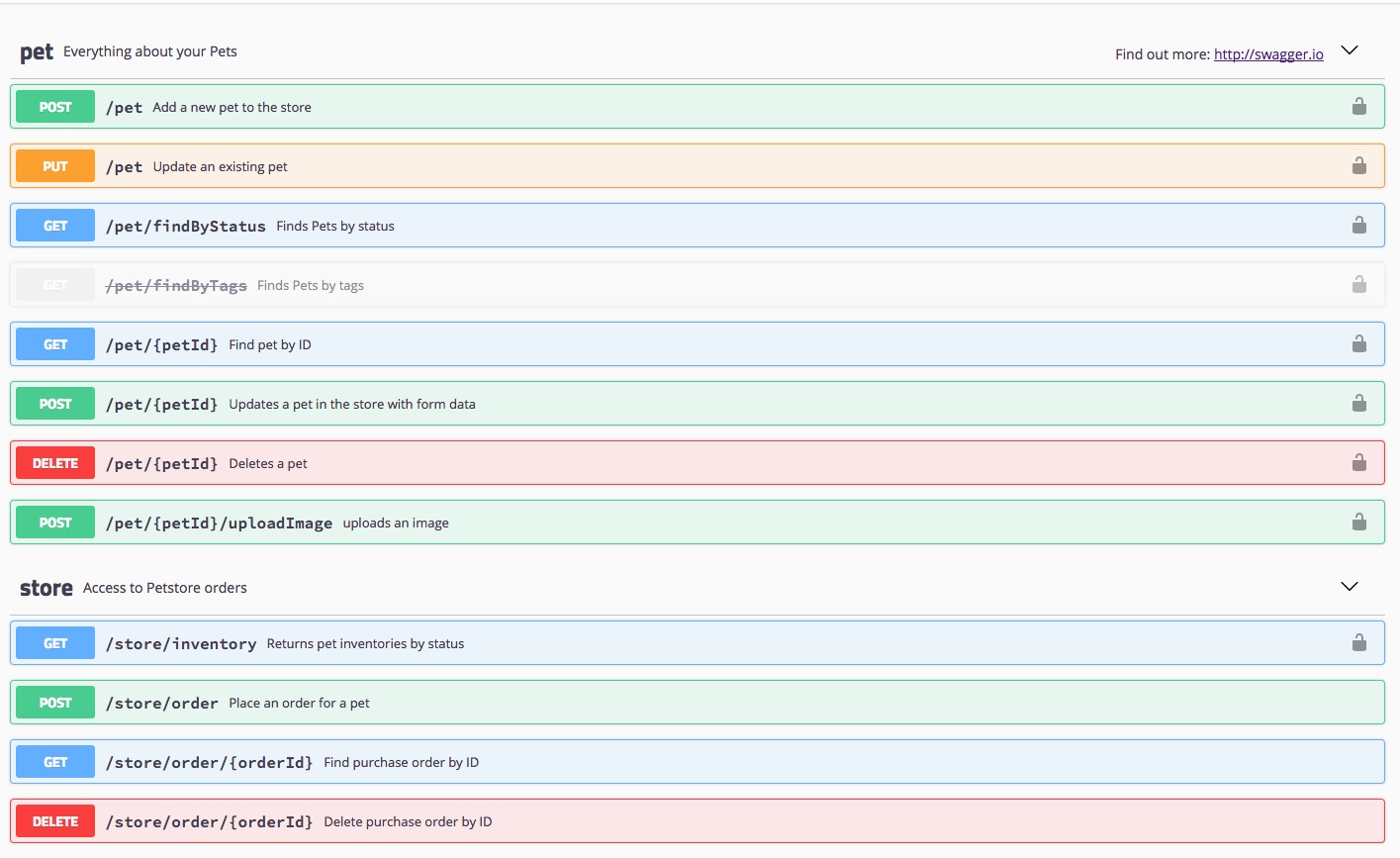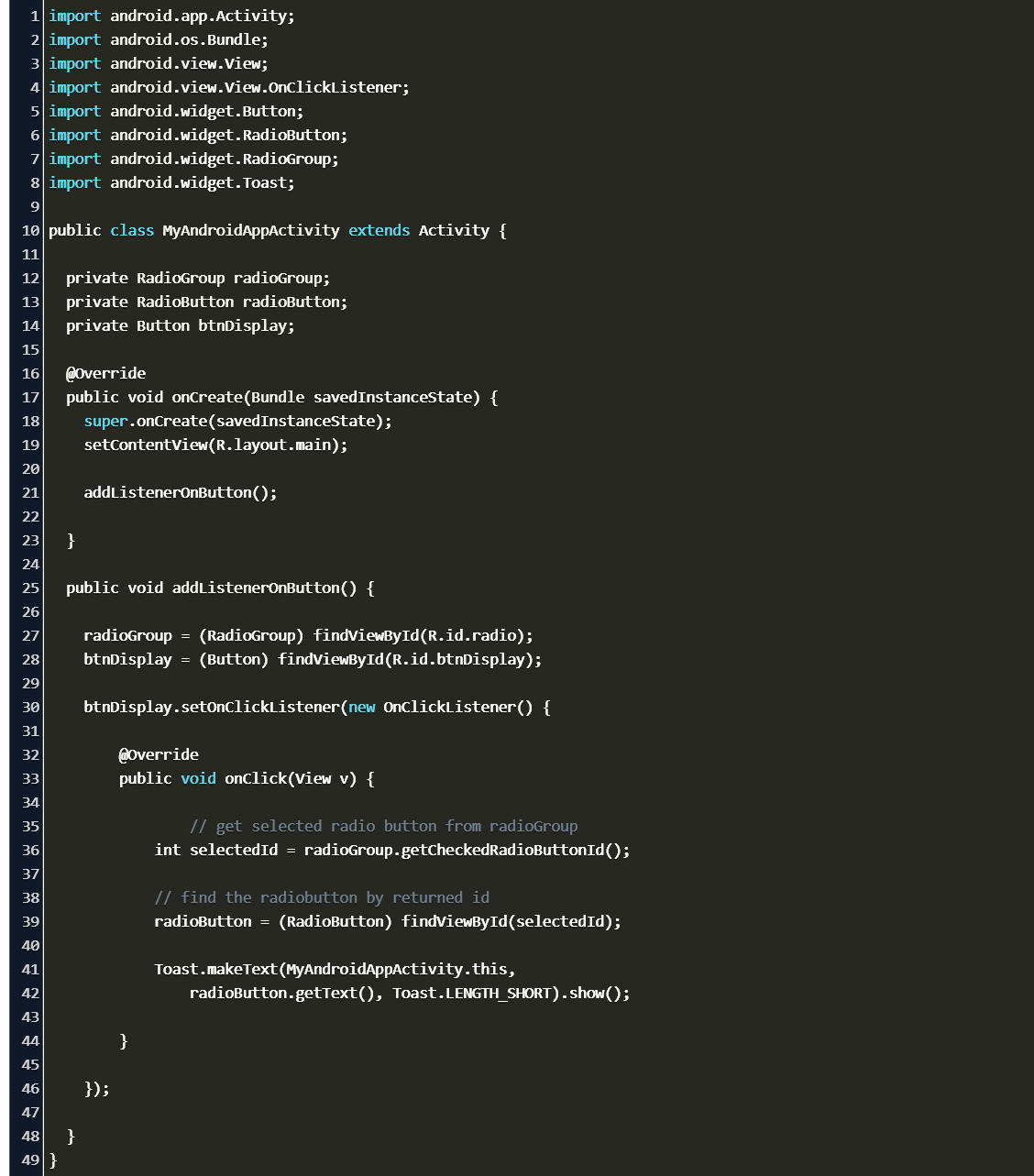
Now, let's say you DON'T want to use the above and want swagger-ui for basic authentication as you say, you have to enable auth functionality on swagger-ui and optionally add security exception when accessing swagger-ui url. This means that the browser will keep the credentials for making requests just like when you trying to access a secured GET endpoint until you close it. When you enable basic auth for your spring boot app, swagger ui will automatically use the browser's pop up window in order to use it for basic auth. Spring MVC Form Radio Button with examples, spring aop tutorial, spring dependency injection, spring mvc tutorial, spring jdbctemplate, spring hibernate, spring data jpa, spring remoting, spring mvs, multiple view page, model interface, form tag library, text field, form check box, applications, crud example, file upload example, mvc tiles, drop-down list, radio button etc.useState ( 1 ) And if you don't want initial: const state, setState React. If you want to have initial state: const state, setState React. We will be implementing a shopping cart to which a User can add the books he can buy. We will be making use of Spring Boot + Angular 8 + MySql. If your custom plugins wrap, extend, override, or consume any internal core APIs, we recommend specifying a specific minor version of Swagger UI to use in your application, because they will not change between patch.
#Radio button in swagger editor spring boit series#
So in useState you must initial an array of default values. In this tutorial series we will be developing an E-commerce website for buying books. Swagger UI's internal APIs are not part of our public contract, which means that they can change without the major version change.

(this.url).One option is to use the browser pop up authorization. Based on documentation, handleChange returns array of toggled value. The Maven pom. org.webjars:bootstrap:4.0.0-2 - webjar for Bootstrap framework. We will use the Bootstrap framework to create a responsive layout for our example website. LastName: new FormControl(this.student ? : '', Validators.required),Įmail: new FormControl(this.student ? : '', Validators.required) In this article, we are going to present Thymeleaf Radio Button component embedded in a Spring Boot application. Public class StudentController StudentService ResponseEntity get() įirstName: new FormControl(this.student ? : '', Validators.required), StudentController.java package = "/student") 1.1 Dependency RequiredĪdd the following dependencies to your pom.xml file. We will create a Spring Boot application that exposes the GET, ADD, EDIT, DELETE API so that the client-side can consume it. Let’s begin the actual piece of coding… 1. We have used the following technologies while creating this Spring Boot + Angular 8 CRUD application.

Backend → creates the REST endpoint with Spring Boot and accesses the database using Spring Data JPA.To make it more easy to understand, we have divided this tutorial into two parts: In this demo, you will create Spring Boot RESTful API (backend) and Angular 8 user interface (frontend) from scratch to perform the below operations:

Swagger Editor has Swagger UI embedded, so you can just pass any Swagger UI option you'd like to Swagger Editor and it will be handed off to Swagger UI. You don't need to switch to Swagger UI to use the option I mentioned, though.

Angular is one of the most popular open-source web application frameworks and Spring Boot makes it easy to create stand-alone, production-ready applications that you can “just run”. Re: Can 'try it out' be disabled/hidden from online editor. That produces applications packaged as jar and that is initiated directly with integrated servlet containers (such as Tomcat, Jetty). On this page, we are going to integrate Spring Boot RESTful service with Angular 8 to perform create, read, update, and delete (CRUD) operation step by step. Spring Boot makes CRUD applications easier to develop through a component of standard JPA-based repositories.


 0 kommentar(er)
0 kommentar(er)
